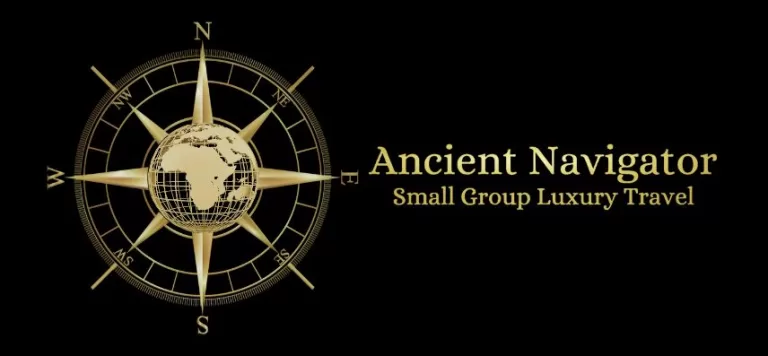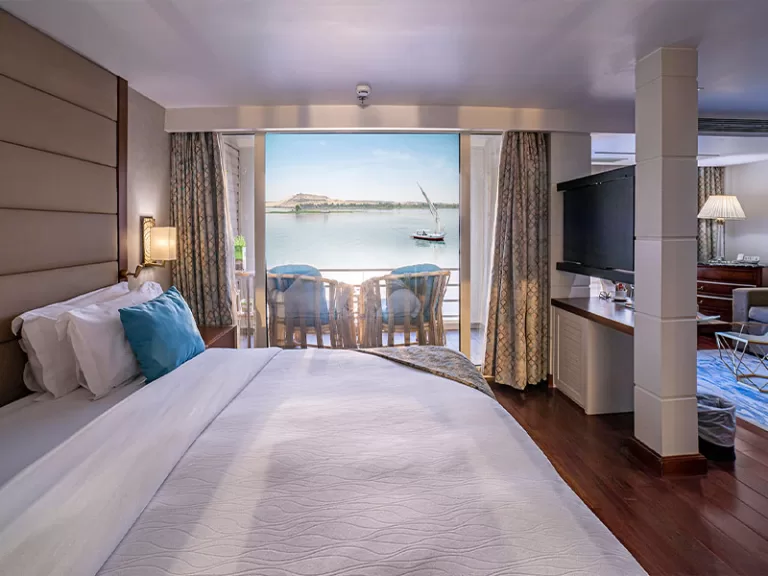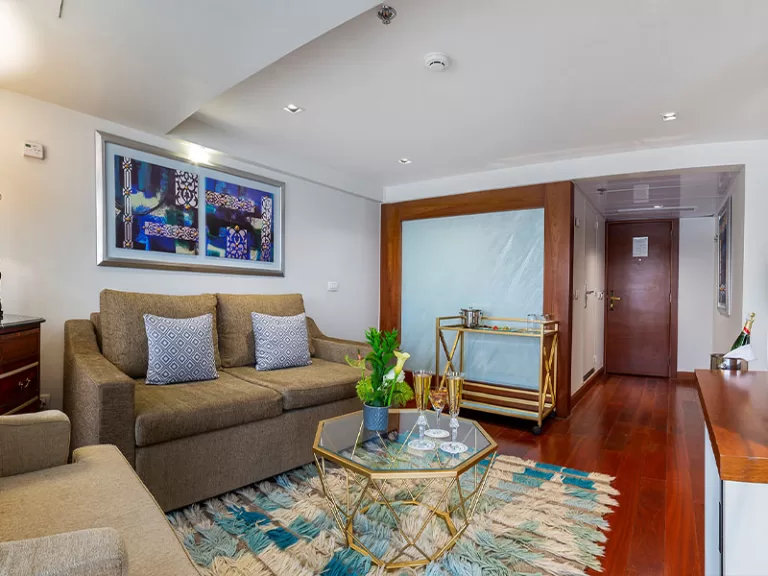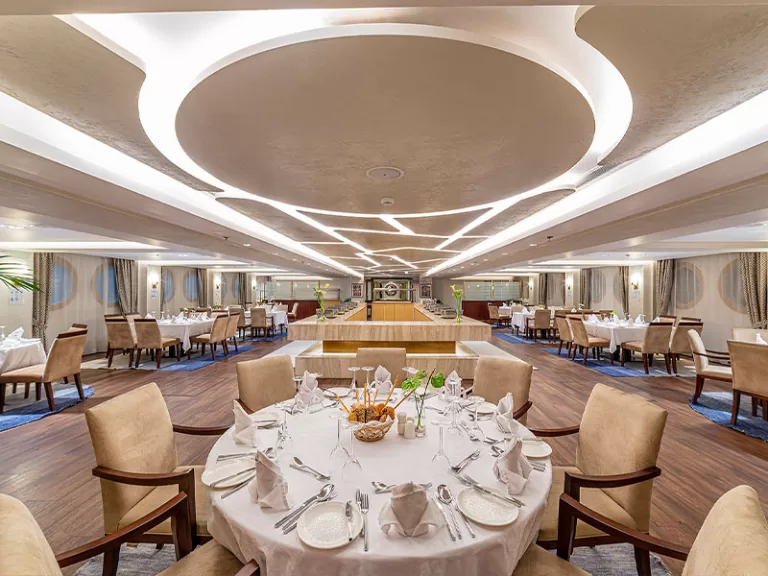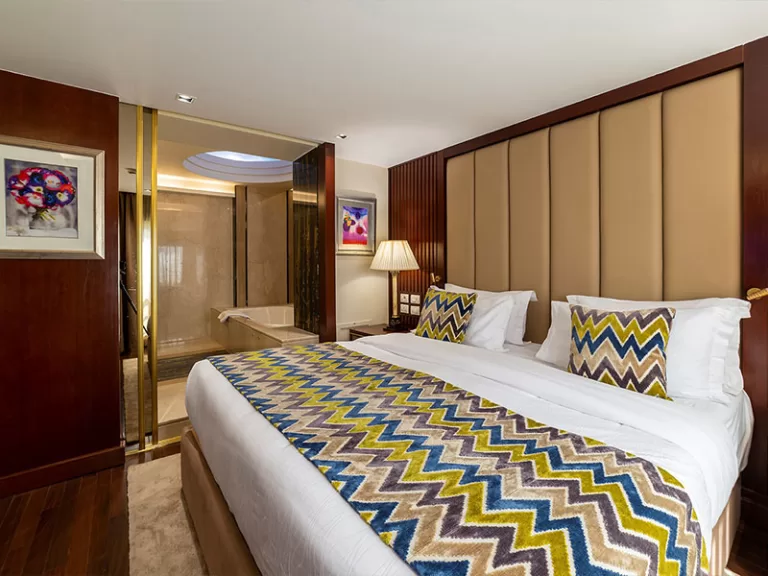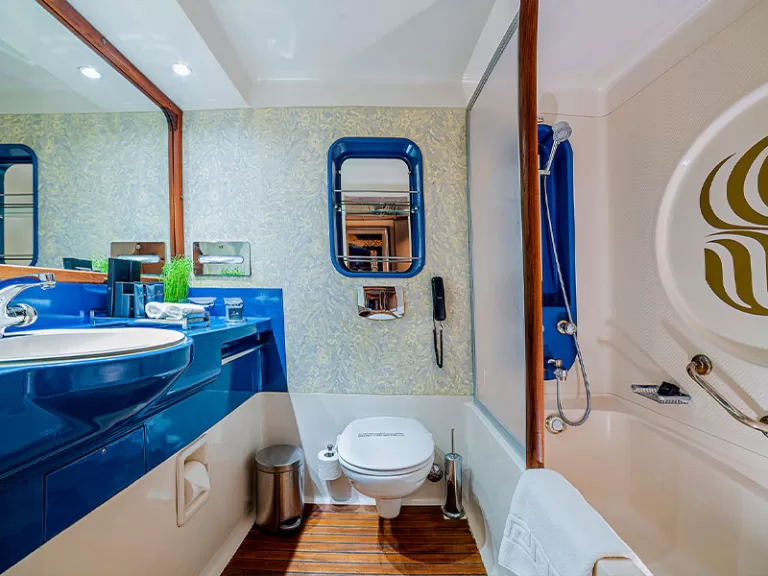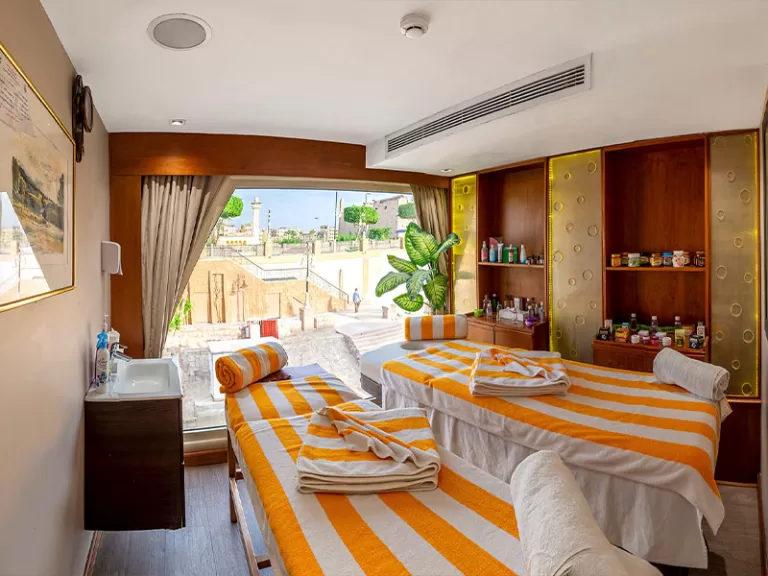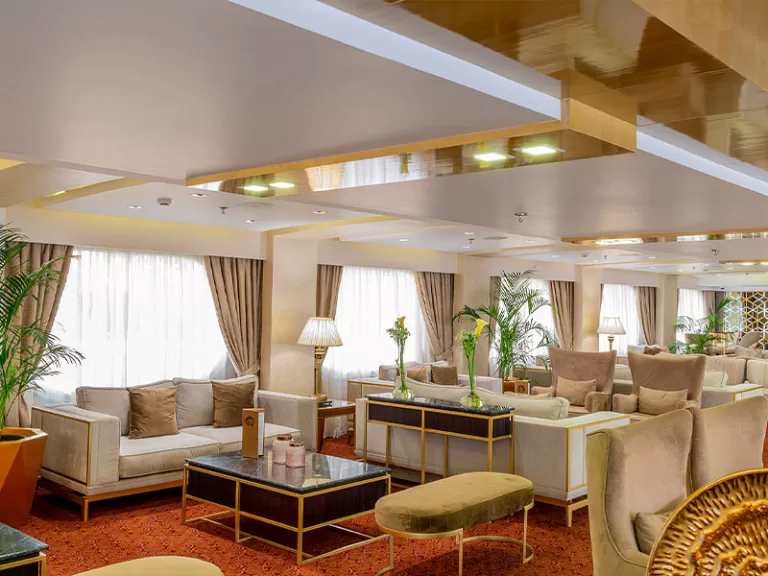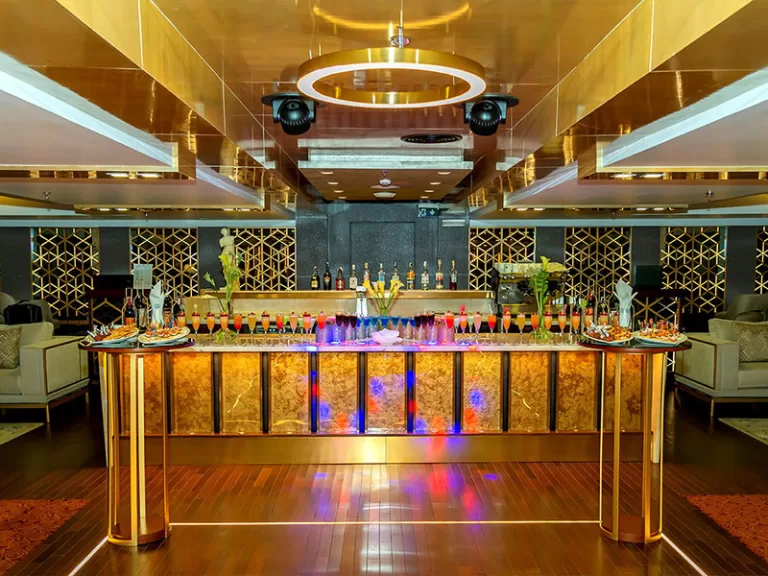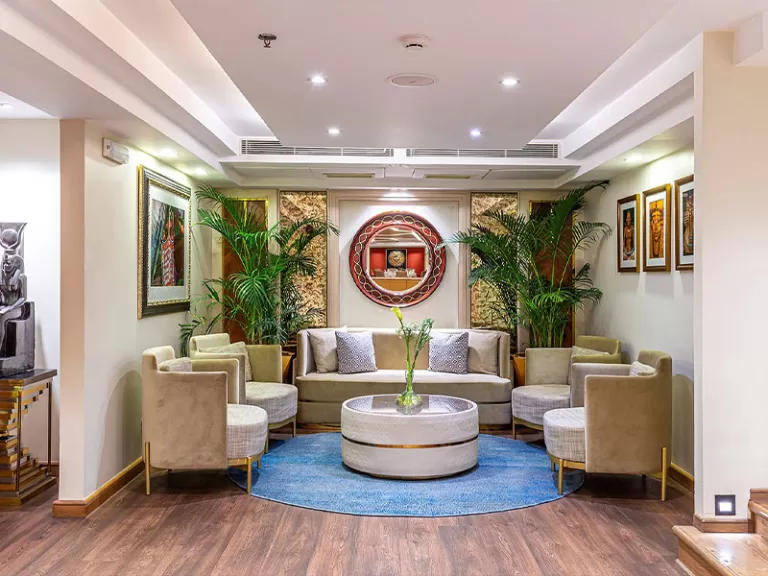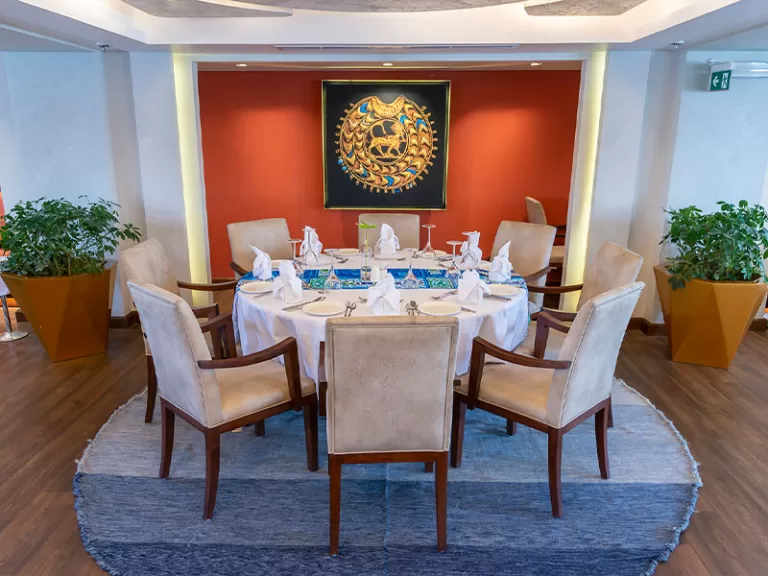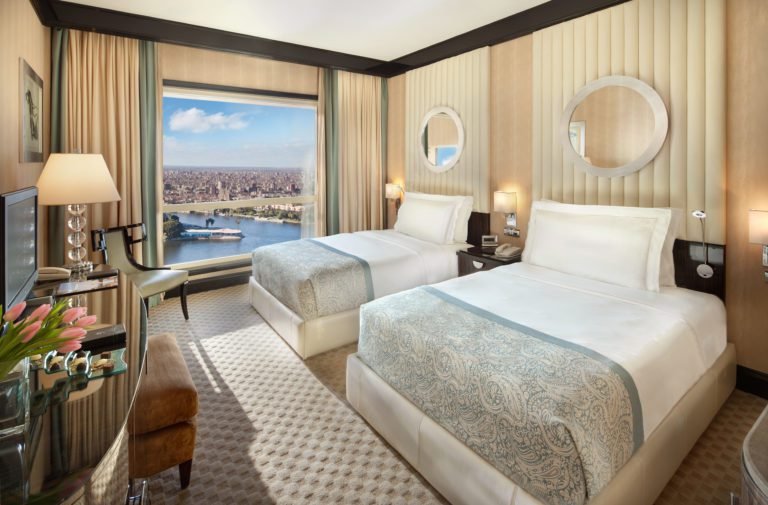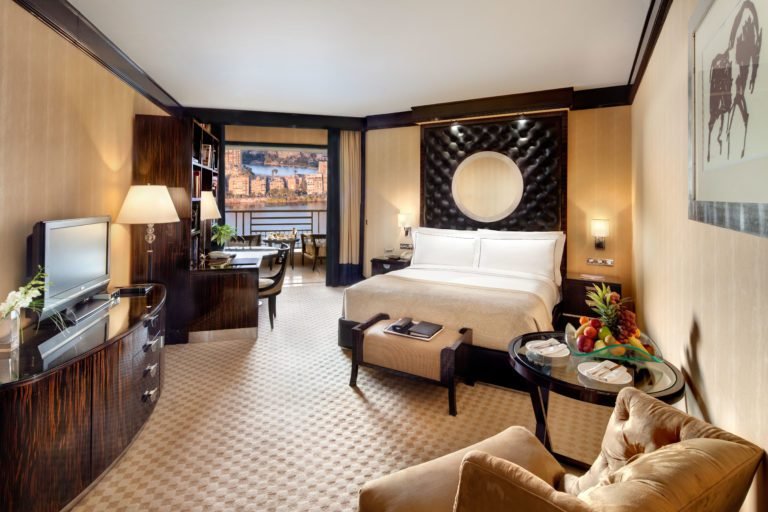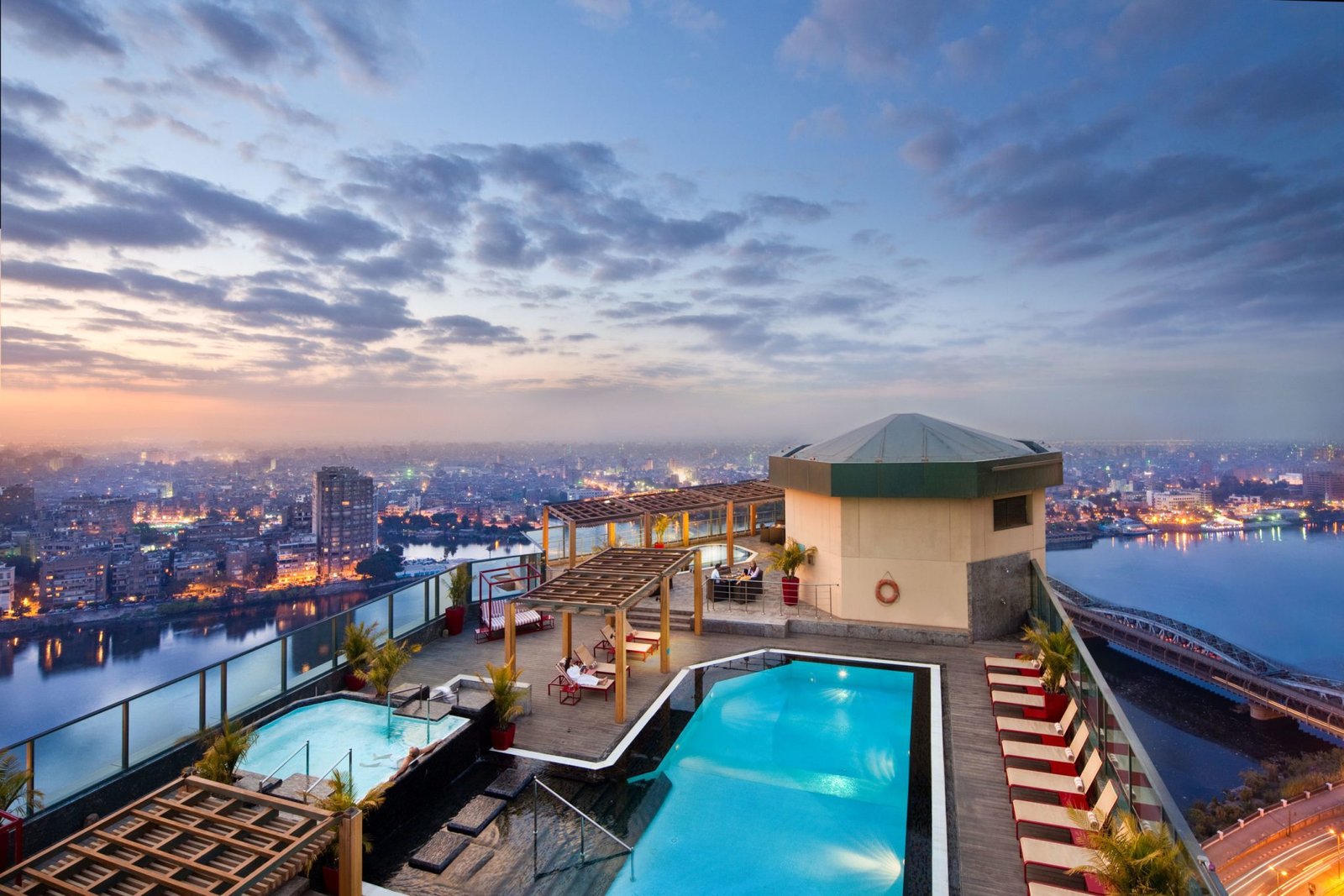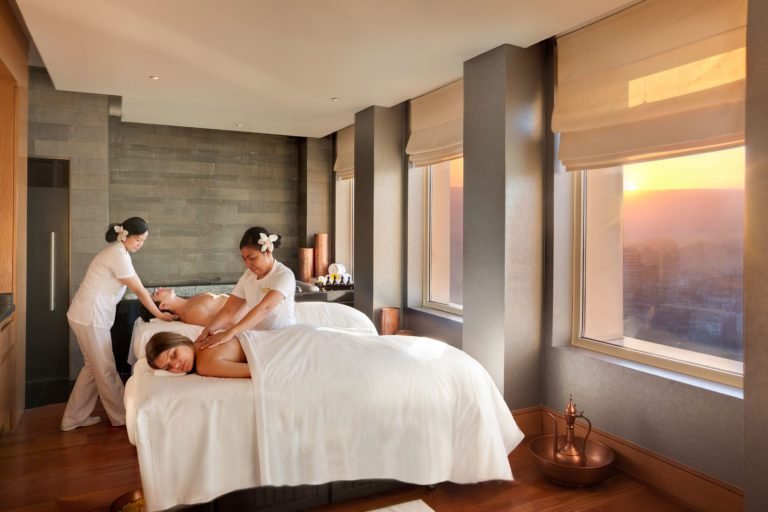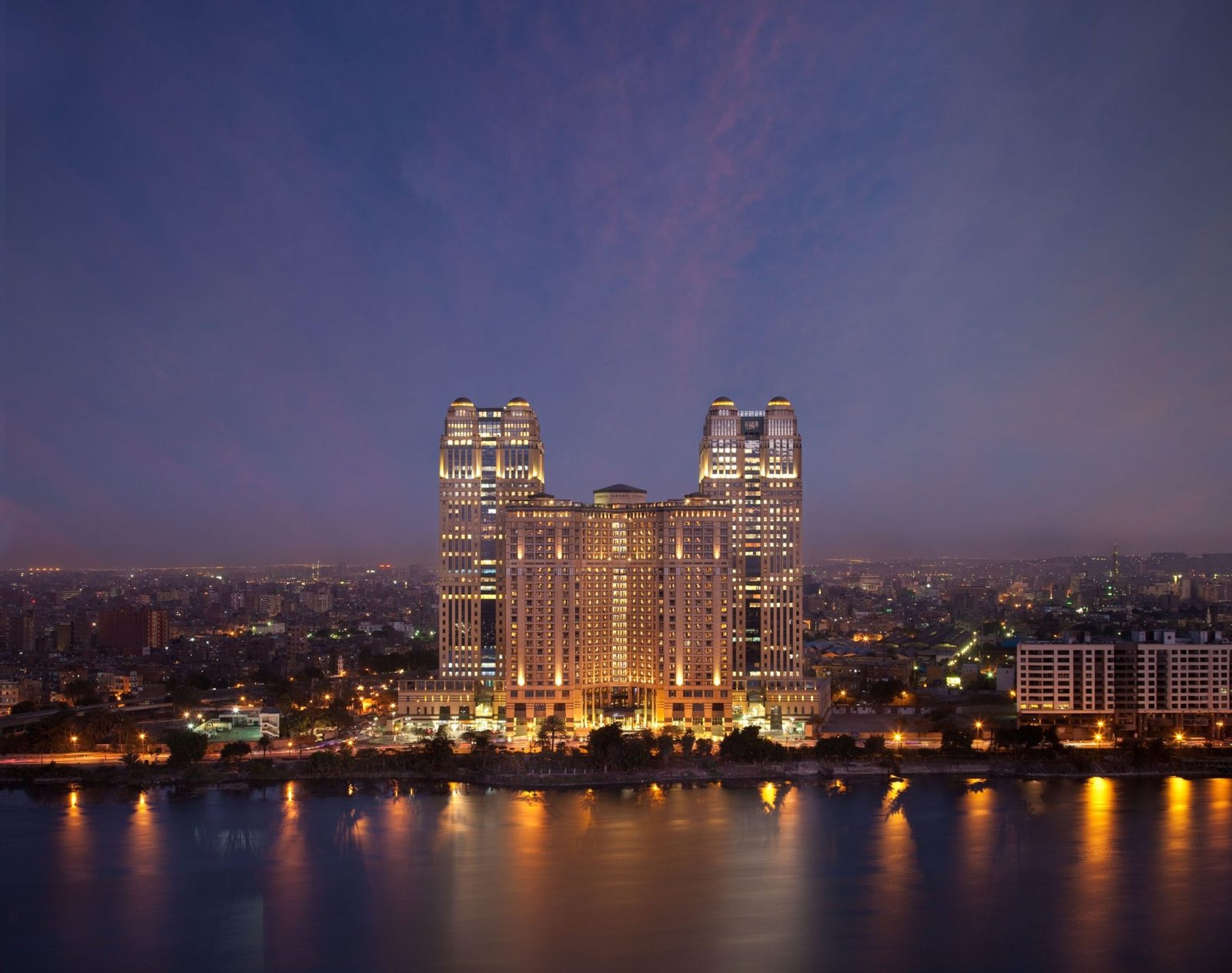Egypt Temple Etiquette & Dress Tips for Luxury Travelers
Table of Contents
TL;DR
Traveling to Egypt’s sacred temples isn’t just a sightseeing excursion—it’s a gateway to timeless grandeur that demands decorum. For the discerning luxury traveler, what you wear and how you conduct yourself matters deeply. In this post, you’ll discover practical yet elegant dress code guidelines and etiquette strategies that enhance your temple visits while respecting local customs. Keywords: Egypt dress code travel, temple etiquette Egypt, luxury travel Egypt.
Why What You Wear Matters More Than You Think
Let’s be blunt.
If you’re flying private, sipping single-origin espresso in your suite, and investing five figures into a bespoke Egyptian journey—showing up to Karnak in flip-flops and a tank top isn’t just wrong… it’s insulting. Not just to the local culture, but to the very experience you’ve paid to immerse yourself in. Luxury isn’t about how much you spend—it’s about how well you blend elegance with intention.
And nothing screams class like someone who not only respects local tradition but does so with panache. Egypt’s temples aren’t just historical landmarks—they’re sacred sites. They carry thousands of years of religious, political, and artistic weight. Your attire and behavior can either elevate your journey into the realm of transformational or reduce it to a tacky photo op.
This guide isn’t for backpackers. This is for the elite—the cultivated, the curious, the ones who want to glide through stone corridors like a pharaoh reborn. Let’s get into it.
Key Takeaways
– Egypt’s temple dress codes are rooted in modesty and respect, not trend.
– Dressing appropriately elevates your status in the eyes of locals and your guides.
– Avoid faux pas by understanding gender-specific expectations and sacred etiquette.
– Private access and luxury tours demand a higher standard of decorum.
– What you wear will affect not only how you’re treated—but how your photos look.
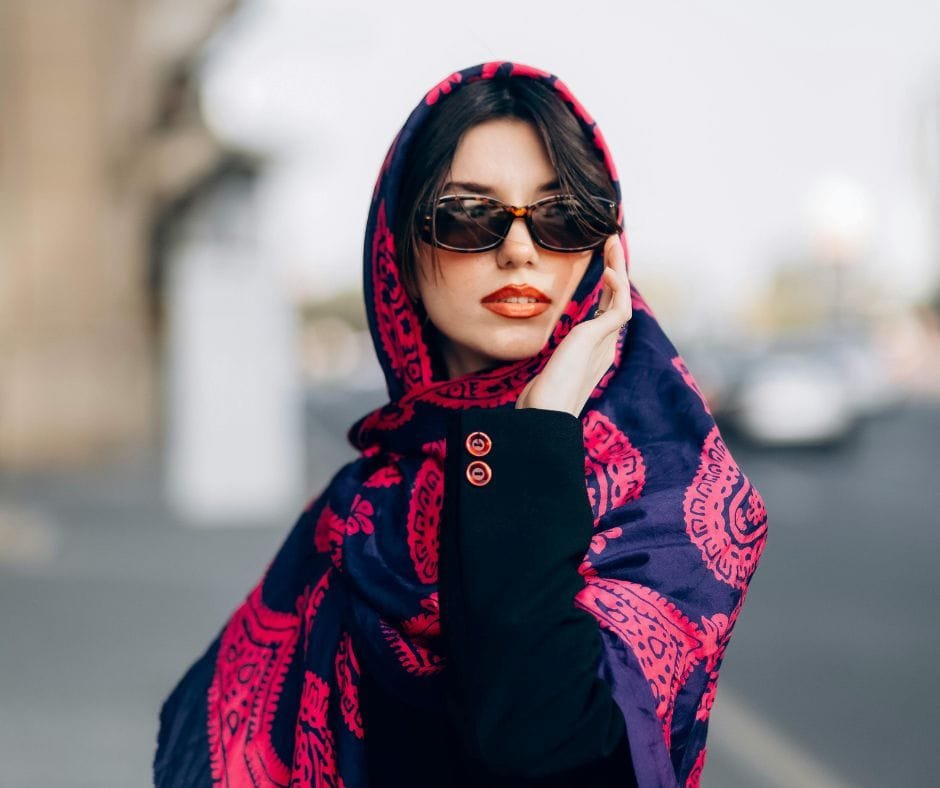
Egypt’s Cultural Norms: Not Optional—Essential
Before we dive into wardrobes and packing cubes, understand this: temples in Egypt aren’t passive relics of the past. Many remain spiritual sites. Locals visit. Clerics observe. And while tourism is welcomed, it is not a green light for cultural amnesia.
In traditional Egyptian society, modesty is a virtue. Both men and women are expected to dress conservatively, especially in religious or sacred spaces. Even if you’re not religious, even if you’re just ‘there for the photos’—you are a guest.
Failing to follow these unspoken rules isn’t just frowned upon—it can get you denied entry, or worse, disrespected quietly by the very people making your travel experience run smoothly.
Luxury is about understanding the rules and using them to heighten your experience.
When you show up properly dressed, you’re not just being polite. You’re signaling that you’re someone of status, of education, of class. And that goes a long way in a culture where pride and hospitality are intertwined.
The Dress Code Breakdown: Function Meets Sophistication
For Women
Covered shoulders are mandatory—think long-sleeve linen tops or light shawls.
Skirts or pants should cover the knees at a minimum.
Cleavage should be concealed. Egypt is not the French Riviera.
Choose breathable, high-quality fabrics like cotton, silk blends, or linen.
Accessorize with purpose: a wide-brimmed sunhat adds glamor and protection.
Ditch the flashy jewelry; go for tasteful elegance.
For Men
T-shirts are acceptable, but a collared polo or button-down elevates the look.
Trousers—not shorts. Even upscale joggers in tech fabric are a no.
Avoid graphic tees, slogans, or anything irreverent.
Leather sandals or loafers show you care. Flip-flops are for the beach.
This isn’t about suppressing style—it’s about refining it. Modesty in Egypt doesn’t mean frumpy. It means classic. Think “Mediterranean aristocracy goes on pilgrimage,” not “American on spring break.”
Behavior Is the New Luxury: Temple Etiquette Decoded
It’s not just about the clothes.
How you carry yourself matters more than what designer label you’re wearing. Here’s how to exude respect and sophistication:
Silence is golden. Temples are places of quiet reflection. Save loud commentary for the SUV ride.
Ask before photographing. Some areas prohibit photos; others require permits. When in doubt, ask.
Keep physical contact with sacred objects to a minimum. Don’t lean on statues or sit on ancient walls.
Greet with a gentle nod and a smile. Handshakes aren’t always appropriate—especially between men and women.
Tip discreetly. A well-placed, polite gratuity to a temple guard can open private moments and stories.
Your guide isn’t just there to repeat history—they’re your cultural ambassador. Treat them with deference, and they’ll unlock access and anecdotes no brochure ever will.
What to Pack for Temple Days Without Sacrificing Style
Smart luxury is packing well. Here’s what belongs in your travel bag:
Breathable fabrics: Linen shirts, silk scarves, wide-leg trousers.
Layering items: Lightweight jacket or shawl for both sun and modesty.
A hat: Chic and functional—protects from sun, adds style.
Hydration gear: Elegant glass water bottle or designer insulated flask.
Respectful footwear: Closed-toe loafers or minimal sandals.
Sun protection: Organic sunscreen, lip balm, and sunglasses.
Day bag: A structured tote or crossbody—not a nylon backpack.
Pro tip: Have your concierge prepare a day bag each morning with chilled water, wipes, and a printed itinerary. It’s these small touches that separate a tourist from a traveler.
For more information check out our “What Should I wear” Blog post.
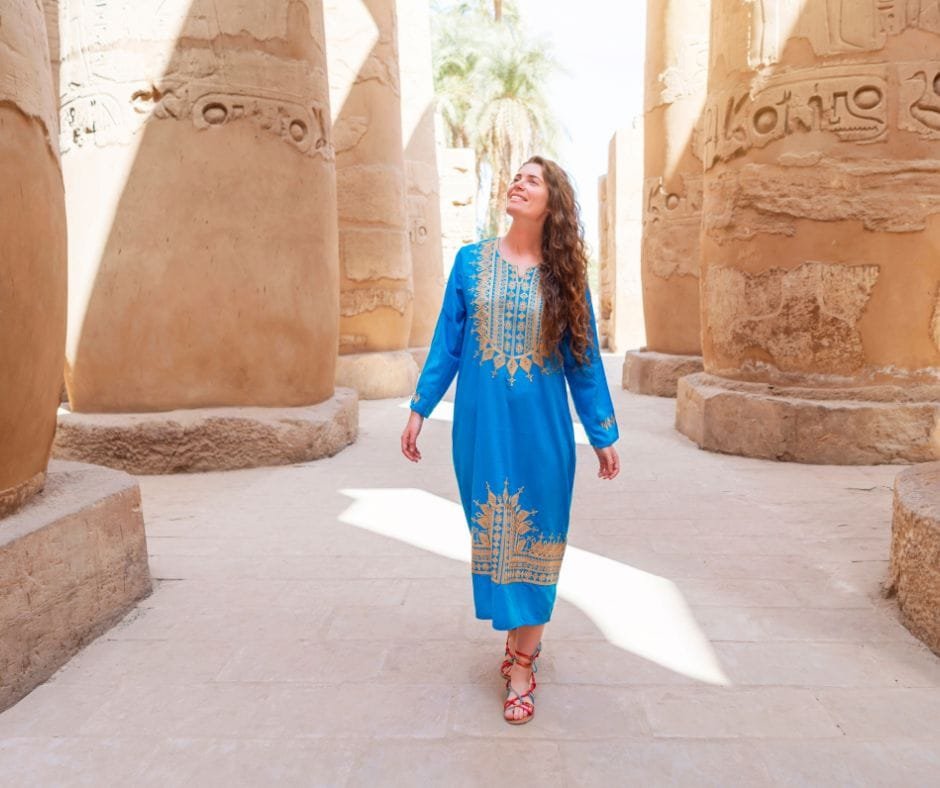

What Not to Do: Avoid These Common Mistakes
Nothing destroys your credibility faster than behaving like a clueless tourist. Here’s what not to do:
Don’t wear tank tops, crop tops, or shorts.
Avoid loud colors and excessive logos.
Leave religious iconography at home. It can be misinterpreted.
Don’t touch or climb sacred relics. This is not a jungle gym.
Avoid public displays of affection. Even handholding can raise eyebrows in conservative areas.
Egypt is a country of immense pride and tradition. Respect it, and you’ll be welcomed like royalty. Disrespect it, and you’ll be tolerated like an inconvenience.
How to Look Amazing in Photos Without Offending Locals
Let’s be honest—part of the reason you’re visiting Egypt is for the photos. But don’t let vanity ruin reverence.
Here’s how to strike the balance:
Choose outfits that photograph well in natural light. Earth tones, whites, and deep blues look incredible against sandstone.
Wear flowing fabrics that catch the breeze. It adds cinematic drama.
Shoot early in the morning. The light is magical, and you’ll avoid crowds.
Avoid blocking walkways or sacred areas.
Hire a local photographer. Not only will they know the angles, but they’ll also guide you on what’s culturally appropriate.
Remember, a great photo isn’t just about your pose—it’s about the story behind the shot. A tasteful wardrobe tells a richer story than a flashy outfit ever could.
Travel Like Royalty, Not a Rookie
If you’re going to travel halfway across the world to witness one of the greatest civilizations in history—do it right.
Don’t fumble the opportunity with disrespectful outfits, cheap selfies, and rushed itineraries. Elevate your journey. Make it unforgettable. Make it sacred.
At Ancient Navigator, we don’t just take you to Egypt. We take you back in time, forward in culture, and upward in sophistication.
Book your private Egypt experience today. Our luxury itineraries are tailored for travelers who don’t just want to see the world—but want to honor it.
Join our Email List
About the Author
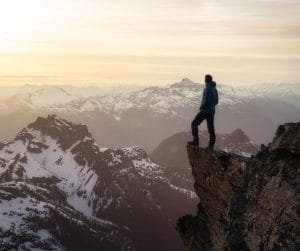
James
A passionate traveler and writer who loves exploring the world, discovering new places, savoring unique foods, and connecting with fascinating people. Through their writings, James shares personal experiences and stories from every corner of the globe, with the hope that others can one day embark on these adventures for themselves. Whether it's about a hidden gem of a destination or a culinary delight, James's goal is to inspire and spark a sense of wanderlust in their readers.

James
A passionate traveler and writer who loves exploring the world, discovering new places, savoring unique foods, and connecting with fascinating people. Through their writings, James shares personal experiences and stories from every corner of the globe, with the hope that others can one day embark on these adventures for themselves. Whether it's about a hidden gem of a destination or a culinary delight, James's goal is to inspire and spark a sense of wanderlust in their readers.
Past Blog Posts

Luxury Travel Tips for Egypt: Cruise Smart, Stay Safe, Go Guided
Don’t let chaos ruin your Egyptian dream trip. Discover why booking early, staying sharp, and going guided are the non-negotiables of luxury travel in Egypt. If you want pyramids without the pushy crowds and Nile cruises without the tourist traps, this is the guide elite travelers swear by.

Why Egypt Should Be Your Next Luxury Destination
From five-star hotels like the Fairmont Nile Plaza to private Nile cruises on the Sonesta Sun Goddess, Egypt is redefining luxury travel. This guide reveals how to explore ancient wonders in modern comfort—with exclusive tours, hidden gems, and insider tips that turn your trip into a once-in-a-lifetime experience.
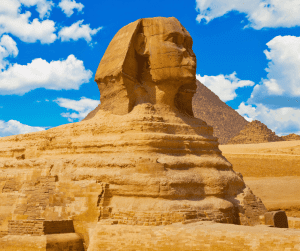
Why You Must Visit the Sphinx: Egypt’s Timeless Wonder
Standing tall on the Giza Plateau, the Great Sphinx is more than just a monument—it’s a gateway to ancient Egypt’s power, mystery, and spiritual depth. In this post, you’ll uncover why visiting the Sphinx should top your travel list—from its legendary history and architectural genius to the surreal experience of seeing it in person. Whether you’re drawn by adventure, culture, or curiosity, this is one journey that promises to leave a lasting impression.

